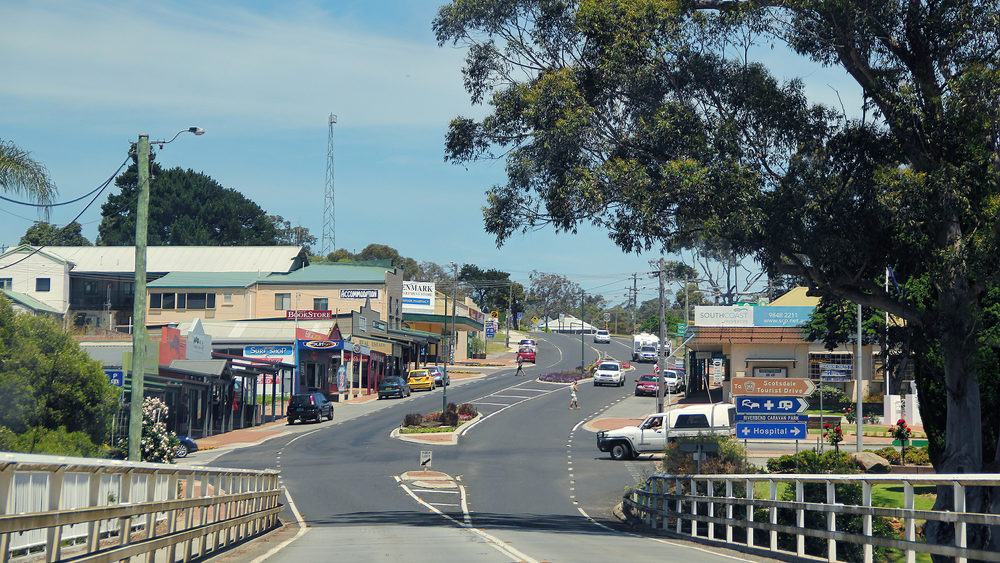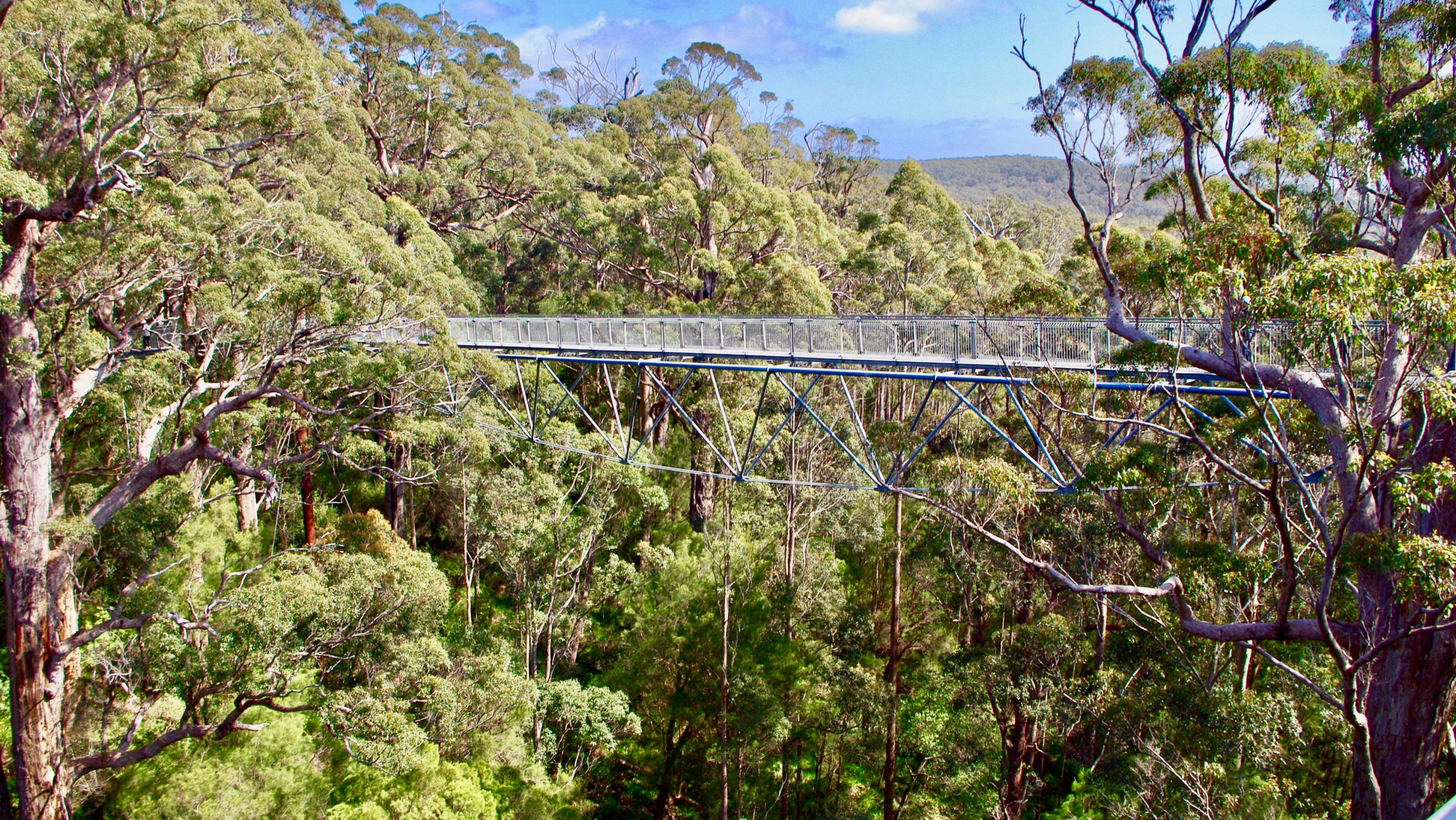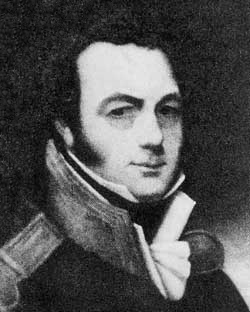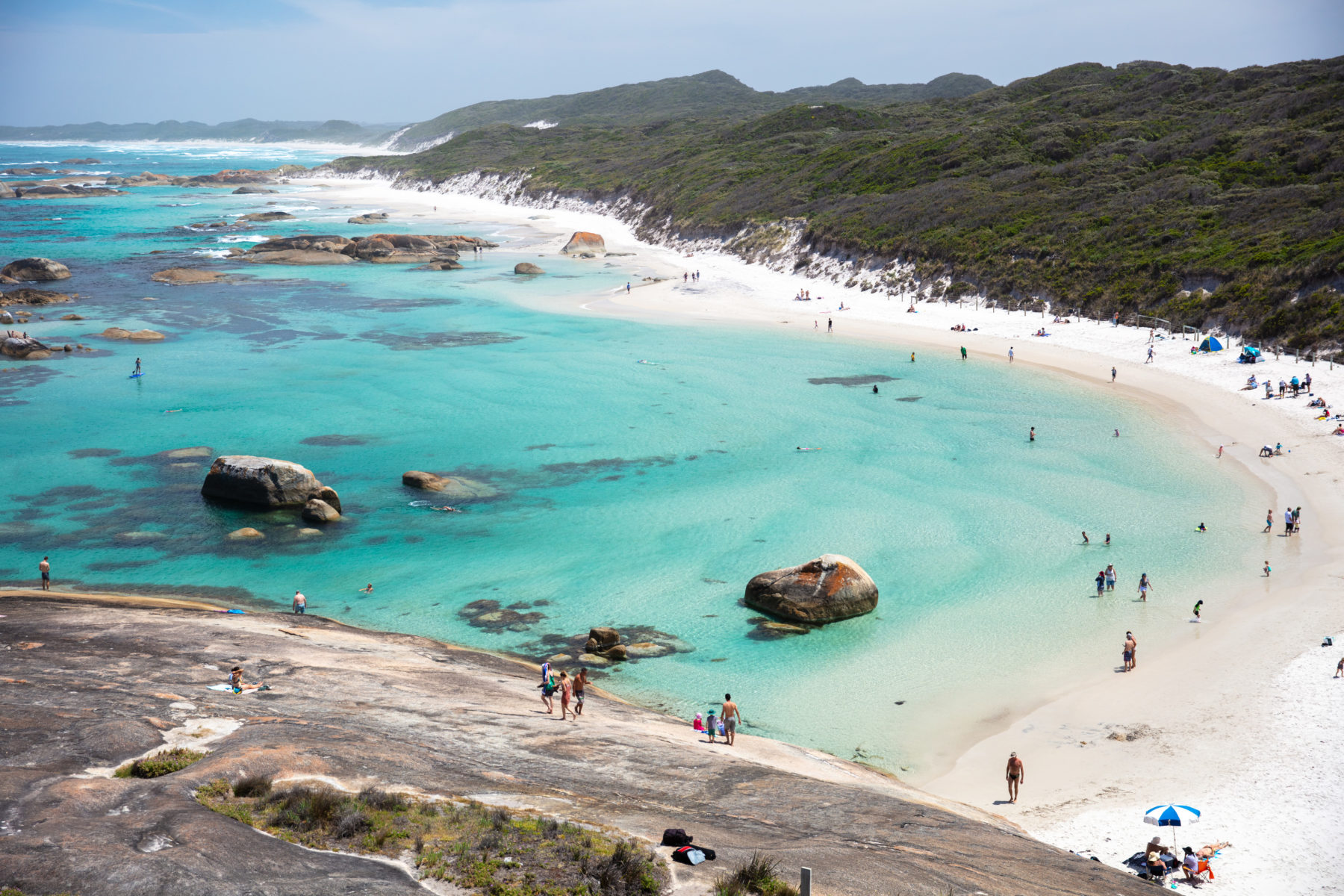A complete guide to Denmark, WA

Denmark is one of the main tourist towns on Western Australia’s magnificent south coast. It’s surrounded by landscapes that are richly diverse, ranging from a rugged coastline with pristine beaches to a forested hinterland.
The town itself is characterised by tasteful, low-key development, making it an attractive alternative to more highly developed destinations on the west coast.

Among Denmark’s major attractions is Greens Pool – arguably Australia’s most beautiful beach location. It’s on the eastern edge of William Bay National Park and features a natural rock swimming pool, boulders and white sand.
Just as impressive is the Valley of the Giants Tree Top Walk, where visitors can walk above the forest canopy in the majestic Walpole Wilderness. The ancient landscape here is known for its beautiful bushwalks through impressive stands of jarrah, karri and and tingle forests.

Location:
Denmark is 421km south-east of Perth via the Albany Highway and 54km west of Albany. It’s 18m above sea level.
Origin of name:
In 1829, Dr Thomas Braidwood Wilson named the river and surrounds after his friend and colleague Dr Alexander Denmark.
Useful websites:
For visitor guides and information about food, accommodation and attractions:
Half-a-dozen wineries dotted around Denmark produce wine from grapes sourced in the surrounding Great Southern wine region.
The area is also recognised for its excellent fishing, with Ocean Beach (9km south of the town), Parrys Beach (29km west) and William Bay (18km west) all offering catches of salmon, tailor, snapper, skippy, herring, whiting, silverbream and more for talented anglers.
Places of interest
1. Self-guided walking tour
Starting at the riverside, take a self-guided walking tour exploring six historical sites around Denmark: including St Leonard’s Anglican Church (1899); Fig Tree Square (1925); and the Denmark Historical Museum, located in the Old Police Station (1923).
2. William Bay National Park
With white sandy beaches, turquoise waters and windswept headlands, William Bay NP is one of WA’s natural wonders.
Located 18km south-west of Denmark, this national park is ideal for swimming, snorkelling and bushwalking. Walk sections of the famous Bibbulmun Track or view the unique Elephant Rocks formations – huge granite boulders that resemble an elephant herd shuffling out to sea.
Fish for whiting, bream and salmon at Madfish Bay, or visit the small cascade at Waterfall Beach.
William Bay NP is great to visit year-round, but is especially lovely to visit in spring when wildflowers are in bloom.
3. Greens Pool
In William Bay NP you’ll find Greens Pool, a natural rock swimming pool. Swimmers can jump from the low-lying granite outcrops, or snorkel among zebrafish, silver drummers and mosaic sea stars. A short walk links Greens Pool to Elephant Rocks, another idyllic swimming spot.
4. Denmark–Nornalup Heritage Rail Trail
This 68km trail runs westward along the old coastal railway line, from the mouth of the Denmark River to Nornalup. Along it are four original timber rail bridges, a number of railway sidings, historic plaques and interpretive signage.
The trail has been broken down into three sections, so it doesn’t have to be completed in one go. It can be used by walkers, mountain bike riders and horseriders.
5. Valley of the Giants Tree Top Walk
Located 54km west of Denmark, the Valley of the Giants Tree Top Walk is the easiest way to experience the sheer magnificence of the great forests of southwestern WA. Move through the canopy of an ancient tingle forest on a walkway suspended 40m above the ground.

Much of the plant life here is unique to WA, and the origins of these ancient forests can be traced back 65 million years to the supercontinent of Gondwana.
Explore the forest floor on the Ancient Empire boardwalk, which passes through a grove of 400-year-old red tingle trees. With their huge hollow trunks, these trees are just as breathtaking from ground level as they are from above.

History
Before European settlement, the Albany and Denmark areas were inhabited by the Minang Noongar First Nations people.
The first European to explore the area was Dr Thomas Braidwood Wilson (right) in 1829.
In 1831 Captain Thomas Bannister observed it would take “great physical and moral courage” to farm the area.
In 1884 Edwin and Charles Millar started cutting timber, having taken out leases.
In 1895 the Millar brothers secured private leases for 20,000 acres (8094ha) of old-growth karri forest and built timber mills on the banks of the Denmark River. By 1905 local timber was exhausted.
By 1907 few families remained until the WA government bought the town from the Millars for£5000 after many negotiations.
By 1911 dairying was the major rural industry and in 1926 the Great Southern Butter Company built a butter factory, which continued to operate until 1973.
In 1922 Denmark became part of the World War I Group Settlement Scheme, which provided soldiers with land to help them become self sufficient. About 1500 settlers arrived in Denmark.
During WWII US soldiers stationed in Albany would travel to Denmark on day excursions, creating demand for tearooms and souvenir shops.







